What is Sustainable Intensification? Operationalizing Sustainable Agricultural Intensification Pathways in Europe (SIPATH)
Matthias Bürgi
Vasco Diogo
Franziska Mohr
2019 - 2022
Cooperation FinancingBackground context and objectives ¶
Agricultural development in Europe is currently facing a multitude of complex sustainability challenges. The concept of sustainable agricultural intensification (SI) has been proposed for reconciling the requirements for safeguarding future global food security with the conditions for preserving the environment and promoting good quality of life.However, finding the solutions that can best facilitate SI is highly contexts-specific, depending on the characteristics of existing production systems, and their broader economic, institutional and socio-cultural settings. In addition, multiple sustainability outcomes and trade-offs may emerge beyond the farm level. Hence, SI benefits and trade-offs need to be understood and evaluated across different geographical and temporal scales and contexts, in order to enable an informed debate about the potential operationalisation of SI in Europe.
SIPATH is an interdisciplinary project, bringing together researchers from WSL, Agroscope and VU Amsterdam, that aims to address these challenges. In particular, three main questions are investigated:
i. What have been the main trajectories of agricultural intensification in Europe and what were the driving factors?
ii. What mega-trends will be decisive for the future of agriculture in Europe?
iii. What are potential alternative development pathways of agricultural intensification, and what are the triggers and incentives required to reduce trade-offs and increase their degree of sustainability?
Project activities ¶
E-learning ¶
In SIPATH we created a free e-learning course covering different topics on sustainability in European agriculture that were addressed throughout the project.
Conceptualising and assessing the sustainability of agricultural intensity change ¶
A conceptual framework and respective indicator set were developed and applied throughout the SIPATH project. These tools provide a structural way to analyse, in a context-sensitive manner, the trajectories and outcomes of alternative pathways for sustainable agriculture in Europe. Our conceptual framework and indicator sets are explicitly cross-scale, integrating the field, farm and landscape scales, and interrelationships with larger spatial scales. We define sustainable intensification as a pathway, by considering conceptual linkages from megatrends and drivers affecting decision processes, all the way to the assessing sustainability outcomes.
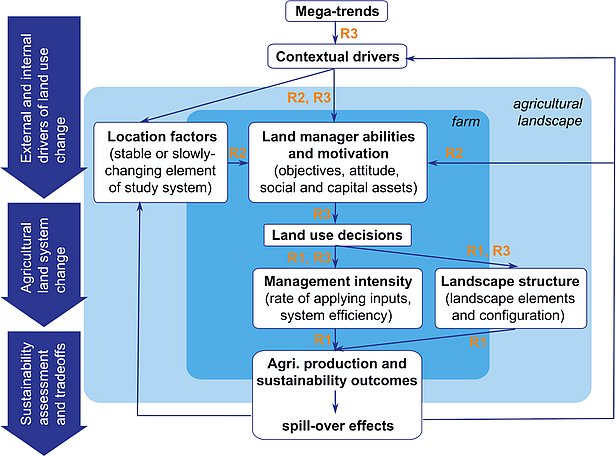
The field and farm scales are pivotal as the level where land managers, make and execute decisions. The landscape scale is instrumental for understanding the socio-ecological context in which farm managers are embedded while making decisions, and assessing the outcomes of these decisions. Landscapes are characterised by interrelated sets of natural and anthropogenic components:
- farms, i.e., decision-making units comprising agricultural fields for crop and livestock production
- communities, consisting of actors with different roles, and connected through institutionalised interactions, normative regulations and social relationships defined by work, business and private life
- agro-ecosystems, i.e., a complex of plants, animals and microorganisms, their mutual relations, and resulting geographical patterns of landscape structure
Regions (e.g., countries, sub- and supra-national regions) are relevant scales of analysis because these are the administrative units for which political ambitions and sustainability targets are set. Outcomes in distant “telecoupled” regions, i.e., regions that are connected by significant social-ecological flows, are also explicitly considered. Finally, we consider the global scale to be bounded by the Earth system. Assessing outcomes at the global scale is crucial, for example, to identify coordinated solutions for achieving food security without jeopardising the functioning and resilience of the Earth system as a whole
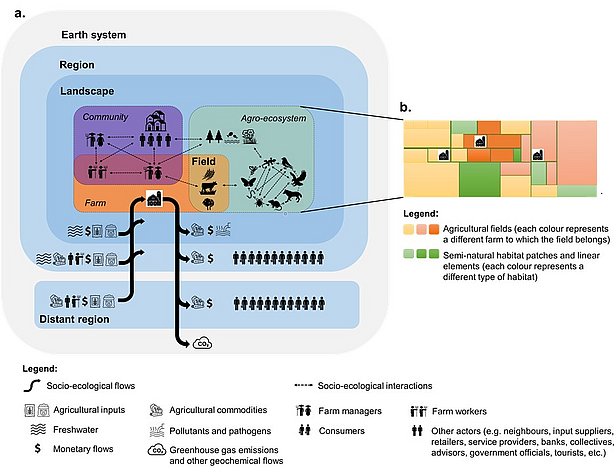
Understanding the mechanisms of agricultural development in Europe over the past decades ¶
Past trajectories of land use and agrarian structures determine to a large extent future pathways of agricultural development. In SIPATH, we build a historical perspective on the changes and diversity in intensity of agricultural production in Europe, with a focus on developments from the 20th century to the present day. Case studies are conducted in different landscapes across Europe, representing a broad range of biophysical, socioeconomic and historical contexts that are relevant for European agriculture.
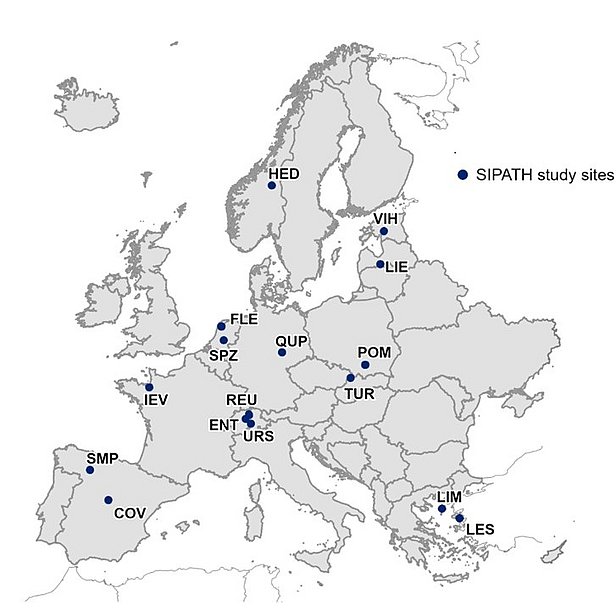
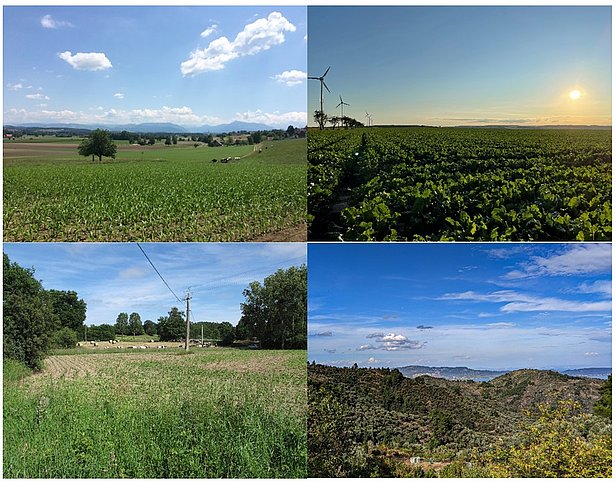
Transformations and developments at the farm and landscape levels are assessed for each study site based on farmer interviews and landscape mapping. Farm-scale indicators, such as farm area, number of livestock units or crop diversity, are used to describe changes in farm structure and management. Changes on the landscape scale are assessed in terms of changes in land use, field size, and structure of landscape elements (e.g. hedgerows, tree lines, etc.). Finally, we identify the contextual drivers and location factors that have facilitated or constrained the adoption of innovations in the past, in order to provide the historical context needed to understand current and future trajectories of agricultural intensification.
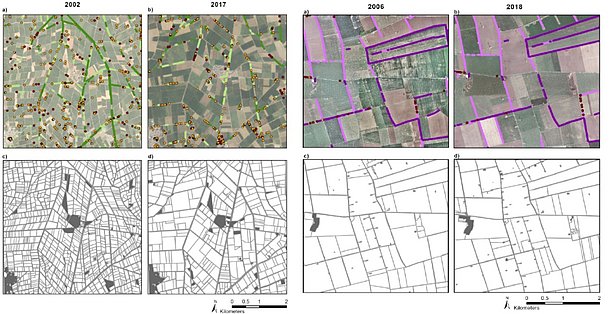
Understanding local decision-making in sustainability transitions of agricultural systems ¶
Transitioning agricultural systems requires understanding farmers’ motivations for implementing sustainable agriculture. In SIPATH we used meta-analysis models and quantified the importance of motivational factors for adoption of sustainable agriculture in Europe. Results indicate that the current focus of the European Union’s Common Agricultural Policy (CAP) on economic incentives alone will likely lead to limited sustainability improvements. Instead targeting a mix of farmers’ socio-psychological factors is essential.
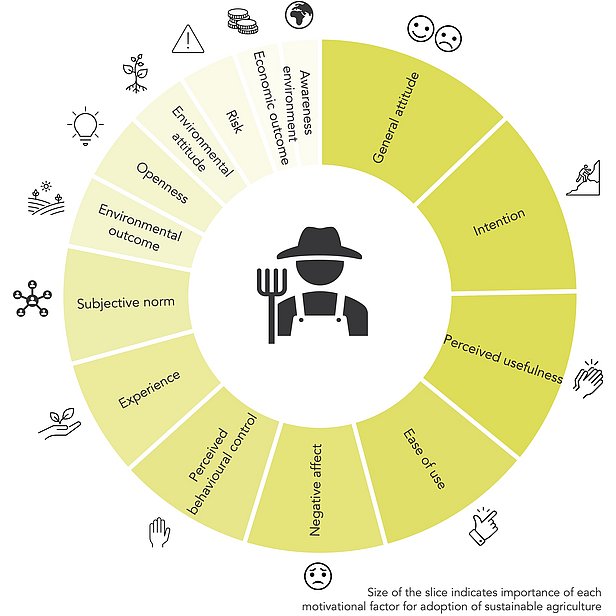
Assessing mega-trends with potential impact on the future of agriculture in Europe ¶
Megatrends are long-term driving forces that are observable today and will likely have transformational potential in the future. In SIPATH, we use a foresight approach to identify, quantify and map megatrends in Europe, such as climate change, demographic change, farm and value chain transformations, and increasingly stringent environmental regulations. By mapping these megatrends at the regional scale, we establish a geography of megatrends and detect where they coincide. The direction and intensity of these megatrends differs between regions, driving them into different systemic lock-ins or change dynamics.
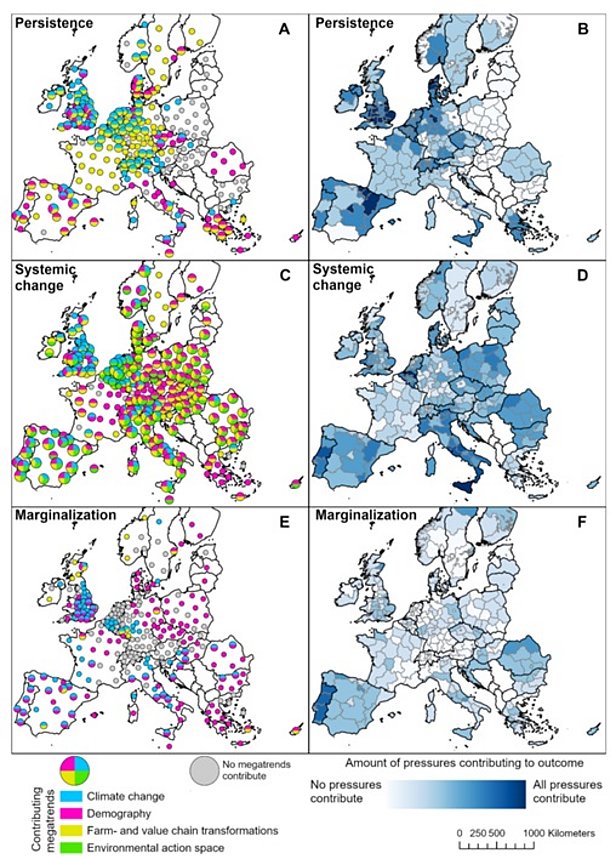
Assessing lock-ins and enabling environments for sustainability transitions ¶
Agricultural change will involve not only farm-level behavioural adaptations, but also reconfiguring the value chains through which agricultural products flow to consumers. Different kinds of “alternative” agri-food networks already exist, and include multifunctional value chains, which embed non-economic qualities of food into formal value chains (e.g., through organic or PDO labels), and civic food networks, which bring farmers and consumers together to create relations outside of mainstream markets (e.g., through community-supported agriculture). In SIPATH, we mapped the overlapping enabling environments for these alternative agri-food networks. This enabled us to explore which regions are better positioned for sustainability transitions, and which regions may need more policy and intervention to overcome existing lock-ins.
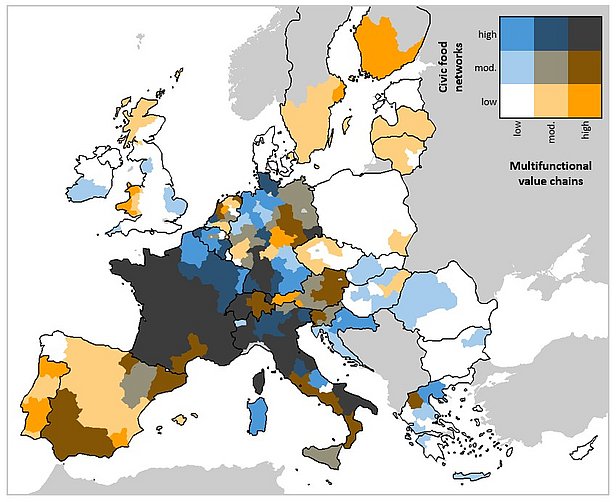
Future pathways for sustainable agriculture and agri-food value chains in Europe ¶
The insights gained with the analysis of historical trajectories, combined with the assessment of mega-trends, are synthesized towards the identification of a set of potential pathways for sustainable agriculture in Europe. In particular, we will develop scenarios and region-specific pathways, identifying their potential accelerators and the networks of actors facilitating or constraining them. These scenarios will thus sketch the option space in terms of future change trajectories in Europe, while taking into account the diversity of agricultural landscapes and actors. Our goal is to make these alternative pathways and their respective trade-offs explicit through the use of (indicator) visualisations, in order to inform and stimulate a societal debate on future visions for agriculture in Europe.
Links ¶
Project websites:
Meet the team:
@WSL
@Agroscope
@VU Amsterdam
